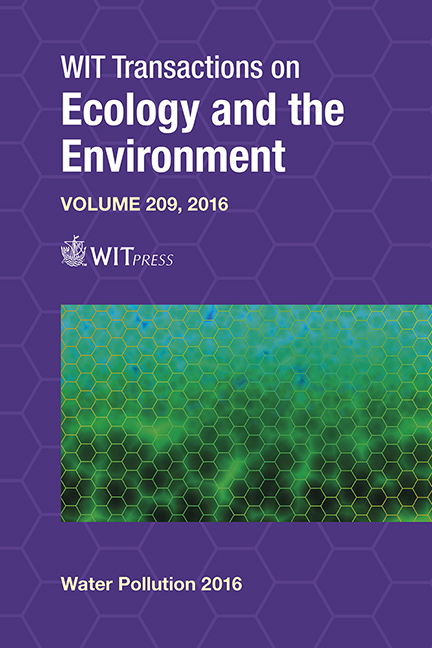Degradation Of Chloroethenes In The Transition Zone Between Aquifers And Aquitards
Price
Free (open access)
Transaction
Volume
209
Pages
12
Page Range
115 - 126
Published
2016
Size
1,043 kb
Paper DOI
10.2495/WP160111
Copyright
WIT Press
Author(s)
D. Puigserver, J. Herrero, M. Torres, A. Cortés, I. Nijenhuis, K. Kuntze, B. L. Parker, J. M. Carmona
Abstract
In the transition zone between aquifers and basal aquitards, the perchloroethene-pools are more recalcitrant than those elsewhere in the aquifer. The aim of this study is to demonstrate that the transition zone is an ecotone where the biodegradation of chloroethenes from aged-pools of perchloroethene is favored. A field site was selected where an aged pool exists at the bottom of a transition zone. Two boreholes were drilled to obtain sediment and groundwater samples to perform chemical, isotopic and molecular analyses. The main results were: i) the transition zone is an ecotone with a high microbial richness; ii) partial reductive dechlorination coexists with denitrification, Fe and Mn reduction, and sulfate-reduction; iii) the high concentrations of perchloroethene in this zone resulted in a decrease in microbial richness; iv) however, the reductive dechlorination in this area is not inhibited. These findings suggest that biostimulation and/or bioaugmentation could be applied to promote complete reductive dechlorination and to enhance the dissolution of more DNAPL.
Keywords
aged PCE-pool, transition zone to a basal aquitard, biotic reductive dechlorination, biodegradation halo, richness and degree of development of microbial communities





